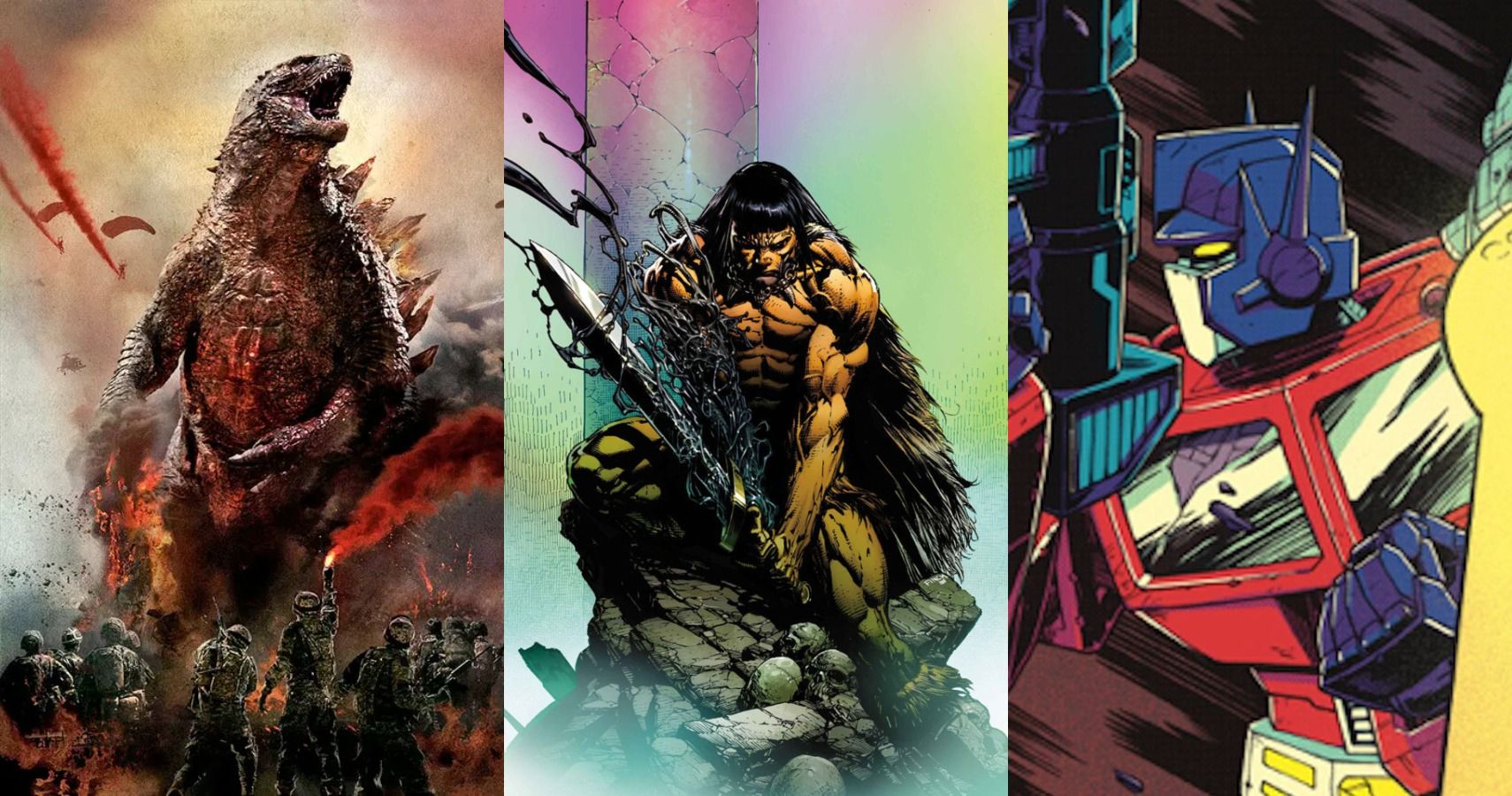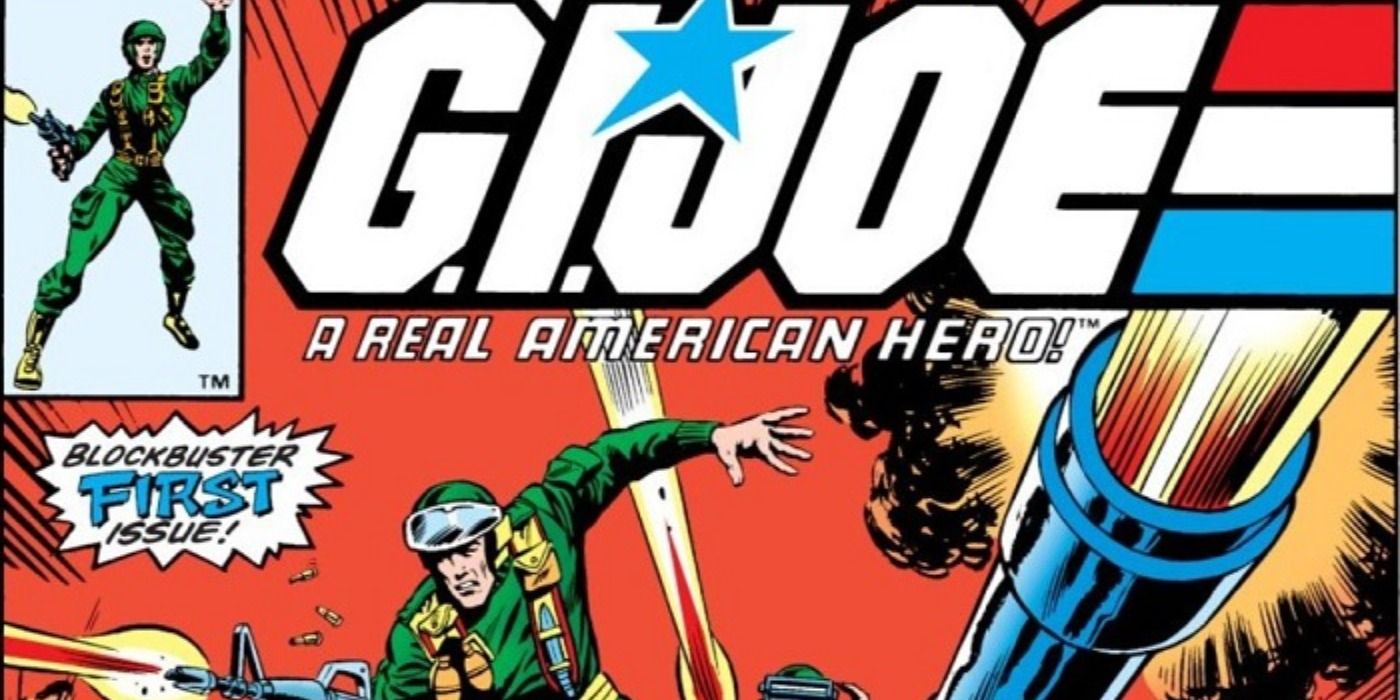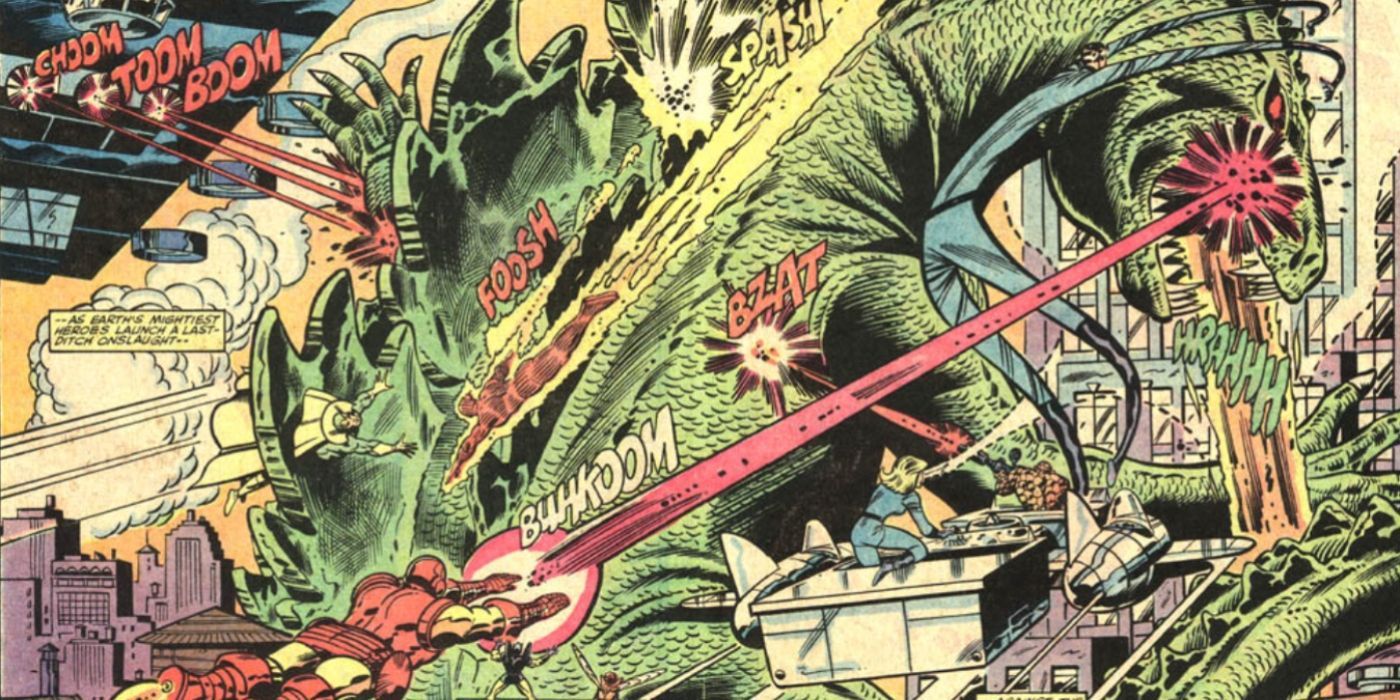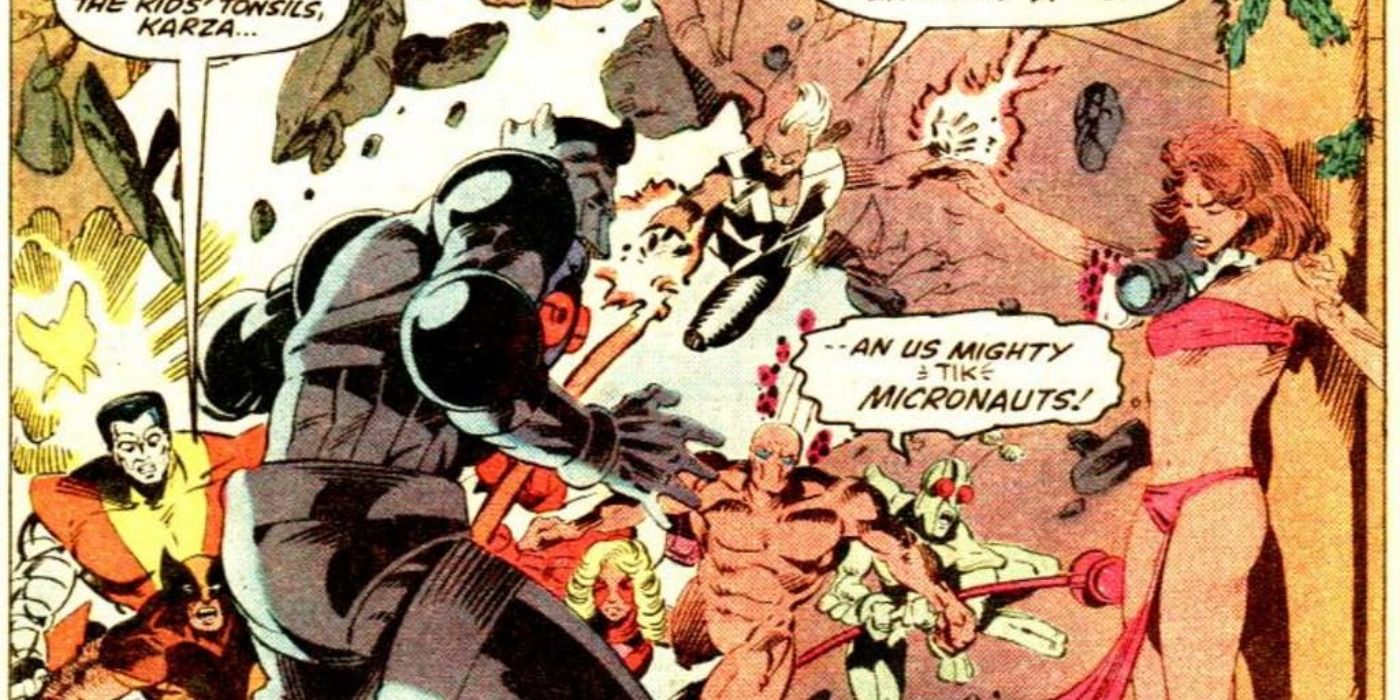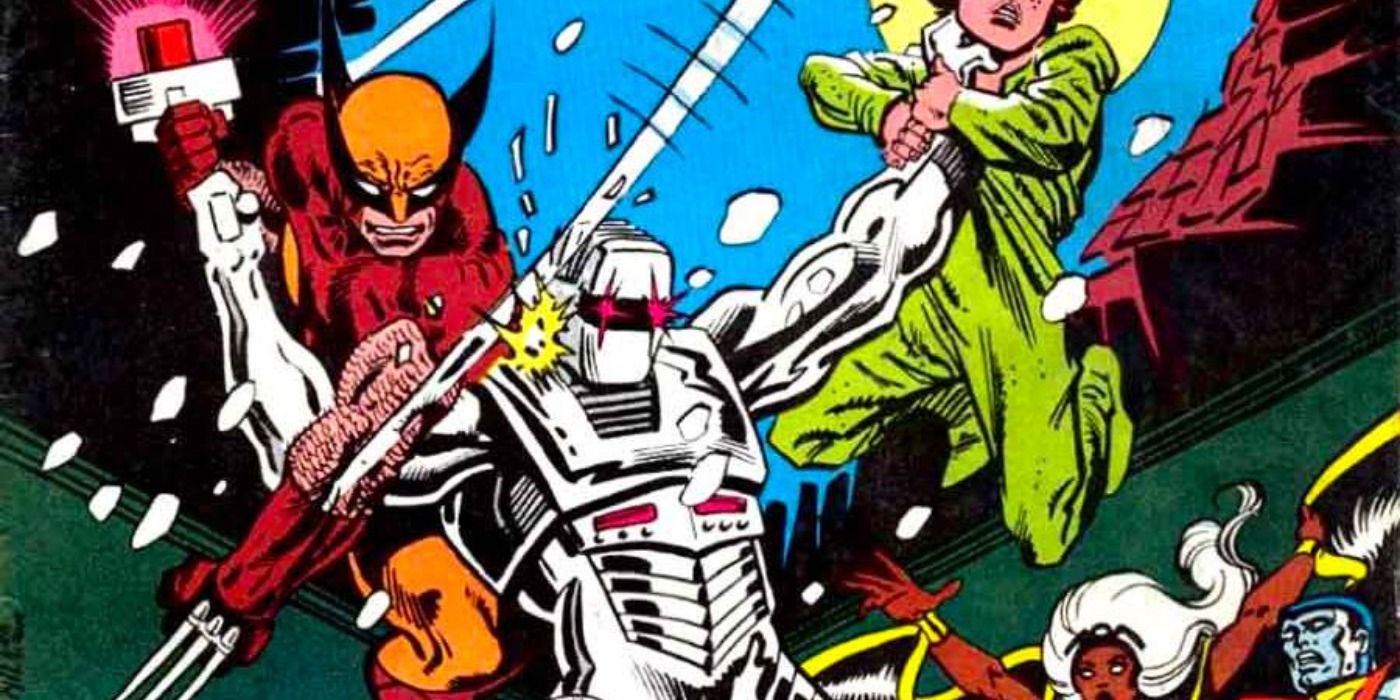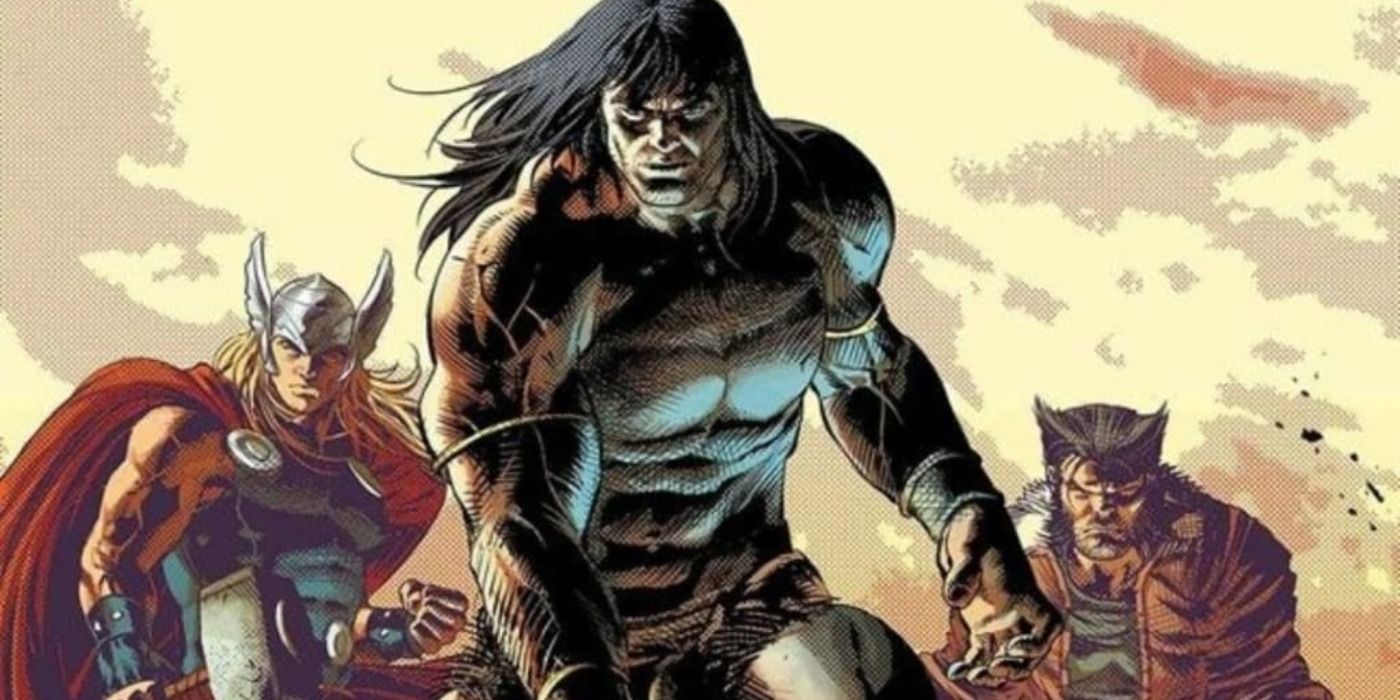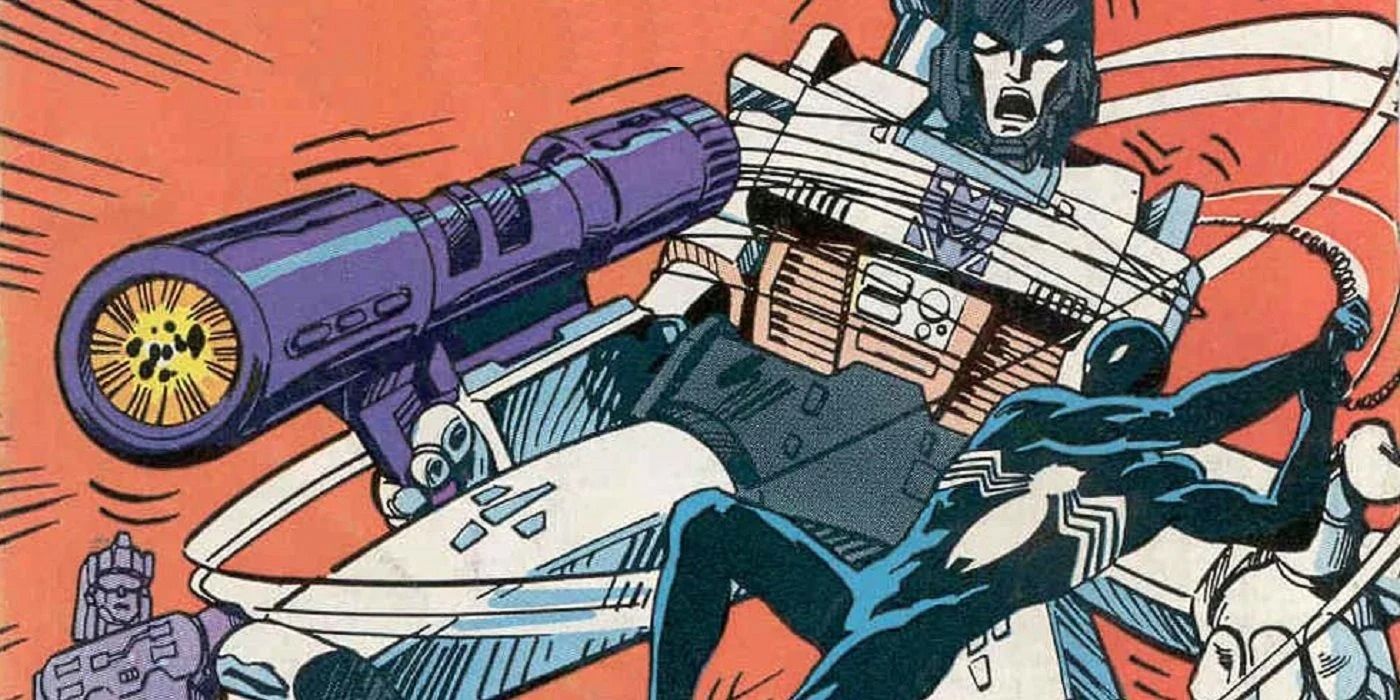It was recently announced that Marvel Comics chose not to renew their license to print comics featuring Conan the Barbarian. This put an end to the Cimmerian warrior's series under the publisher, along with his role in the Marvel Universe proper within the pages of Savage Avengers. However, their loss is another company's gain.
It shouldn't surprise comic fans to know Conan the Barbarian isn't the first character outside the Marvel Universe that Marvel Comics has previously provided the license for. While they currently own the rights to the Alien and Predator franchises, several other iconic characters were once owned by the House of Ideas before their own licenses expired.
6 G.I. Joe: A Real American Hero Once Called Marvel Its Home Base
Marvel Comics is pretty much responsible for the G.I. Joe franchise being the pop culture juggernaut it is today. The characters and premise for the toyline were conceived by Marvel Comics writers – Larry Hama and Archie Goodwin – from an unproduced comic focusing on Nick Fury's son leading a strike force. The eventual series, G.I. Joe: A Real American Hero, became the very first comic book to be promoted on television.
Hama soon became the main creative force behind the series, and the comic earned acclaim thanks to its serious tone and character-focused storytelling. Starting in 1982, the series ran for 155 issues before it was canceled – along with the original toyline – in 1994. Devil's Due Publishing acquired the rights to produce G.I. Joe comics in 2001 before handing the reins to IDW Publishing in 2008. IDW lost the license in 2022.
5 Marvel Was Godzilla's Original Stomping Grounds
As bizarre as it sounds, Marvel Comics once owned the licensing rights to the King of the Monsters himself, Godzilla. This was thanks to a deal with his owners, Toho Co., Ltd. The comic, which is appropriately titled Godzilla, King of the Monsters, ran for 24 issues from 1977 to 1979 and was primarily written by Moon Knight co-creator Doeg Moench and drawn by artist Herb Trimpe. The series began with Godzilla emerging from an iceberg in Alaska before going on a rampage.
As was common with many of the series Marvel Comics licensed, Godzilla, King of the Monsters took place in the Marvel Universe. This allowed the iconic monster to go up against the likes of Nick Fury and S.H.I.E.L.D., the Champions, The Fantastic Four, and of course, the Avengers (as seen in the above image). He also fought new characters like the Red Ronin, who'd go on to menace others in the Marvel Universe after Marvel's comic license for Godzilla expired in 1979.
4 The Micronauts Made A Large Impact On The Marvel Universe
Another toyline that got its own Marvel comic was the Micronauts, which was a group of alien heroes from the Microverse (a series of dimensions accessible through subatomic shrinking). Led by Commander Arcturus Rann and made up of members like energy swordsman Acroyear and the eccentric, wall-crawling Bug, the team often went up against the evil Baron Karza and were aided by the X-Men and S.H.I.E.L.D. on different occasions.
Bill Mantlo wrote the original Micronauts series, which ran for 59 issues from 1979 to 1984, while the second series was written by Peter B. Gillis and lasted 20 issues from 1984 to 1986. The license to the characters expired not long after this series ended, though characters like Bug and Arcturus Rann have remained in the Marvel Universe. Bug even joined the Guardians of the Galaxy in one series. Because Marvel Studios doesn't own the film rights to the Micronauts, the Microverse was renamed as the Quantum Realm in the MCU, where it continues to play a large role. Similarly, James Gunn was unable to add Bug to the team lineup of the Guardians of the Galaxy films.
3 ROM the Spaceknight Was A Marvel Standout
Bill Mantlo's other contribution to a licensed comic for Marvel was his work on Rom: Spaceknight, based off a toy created by the company Parker Brothers. Mantlo, along with artist Sal Buscema, crafted an entire backstory and lore for the character. They made Rom a humanoid alien hailing from the planet Galador who'd chosen to become a cyborg warrior known as a Spaceknight to combat the evil, shapeshifting Dire Wraiths that declared war on his planet. Armed with the powerful Neutralizer that could send any Dire Wraith into the Limbo dimension, Rom vowed to eradicate every last trace of the Dire Wraiths. His quest would take him to Earth, where he'd meet and cross paths with Marvel stalwarts like Luke Cage (then known as Power Man) and Iron Fist, among many others, and would even challenge Galactus at one point.
Mantlo's series was astounding and highly acclaimed, running for 75 issues and 4 annual issues from 1979 to 1986, which far outlasted the unsuccessful toy the comic was made to promote. Marvel lost the Rom license to Hasbro – the parent company of Parker Brothers – where he currently resides with IDW licensing his character for their comics. While IDW owns the character of Rom and the toy itself, Marvel still owns the rights to the Spaceknights and Rom's original story, though it cannot be reprinted. Rom's film rights are also owned by Paramount, making an MCU appearance unlikely for the time being. Here's hoping something can be worked out behind the scenes to allow Rom to rejoin the Marvel fold, both in film and in print. James Gunn would certainly be happy if something was worked out..
2 Conan the Barbarian's Licensing Deal Has Been Slain
As previously mentioned, Marvel has chosen not to renew their license to print comics featuring Conan the Barbarian. This wasn't the first time Marvel owned Conan's license; they'd done so back in 1970 when Roy Thomas spearheaded a popular Conan the Barbarian comic series before Dark Horse Comics acquired the rights in 2003. By 2018, Marvel reacquired the rights and brought Conan back into the fold with several titles including Conan the Barbarian, Savage Sword of Conan and King Conan, as well as bringing the warrior into the Marvel Universe proper as a member of the titular team in Savage Avengers.
However, Marvel has once again allowed the Conan license to lapse. At the moment, it's unclear which publisher the rights will go to next or how Marvel will handle Conan's absence on the Savage Avengers team.
1 The Transformers Got Their Touch From Marvel
Much like G.I. Joe before it, the Transformers franchise owes much of its creation and popularity to Marvel Comics. Back in the 1980s, Hasbro bought both Diaclone and Micro Change – two Japanese toylines that involved robots turning into vehicles, weapons, and other electronic devices – and partnered with their original toy company, Takara, to bring them to the U.S. markets as the Transformers toyline. Hasbro hired Marvel Comics to come up with the backstory for the franchise, with editor-in-chief Jim Shooter crafting the overall story and writer Bob Budiansky in charge of naming each character's name, although fellow writer Dennis O'Neill was the one who came up with "Optimus Prime" for the name of the Autobot leader.
The Marvel Transformers comic launched in 1984, which was around the same time as the original TV series, and had Budiansky on scripting duties. The comic was originally going to be a 4-issue miniseries that took place in the main Marvel Universe with Spider-Man (as seen above) and Nick Fury making appearances, while the Savage Land was also incorporated into the main story. However, the comic exceeded its initial run, and all references to the Marvel Universe were dropped shortly after so the series could take place in its own separate universe. The comic ran for 80 issues in total and ended in 1991. Dreamwave Productions then received the Transformers license in 2002 before landing at their current home of IDW in 2005.

